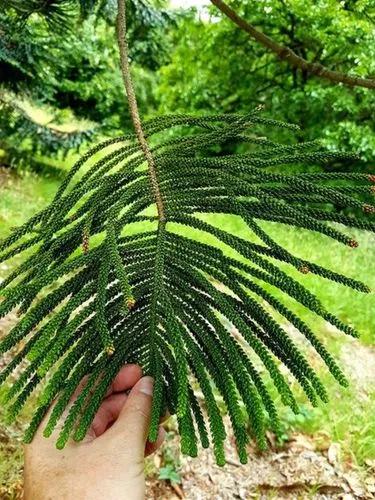Best grown in medium to wet soils in full sun to part shade. Also tolerates dry, infertile soils. Prune in winter to early spring. Best in cool climates. Does not perform well south of USDA Zone 7. Suckers from the roots form thickets.No serious insect or disease problems. Canker can be severe. Watch for aphids, leaf miners, tent caterpillars, lace bugs and flea beetles. Powdery mildew may appear. Chlorosis will occur in high pH soils.Good selection for difficult sites such as moist low spots or dry sites with poor soils. Effective as a windbreak.
Andean Alder Care
Alnus Acuminata



Alnus cordata, commonly called Italian alder, is a pyramidal, fast-growing, small to medium-sized, deciduous tree that is native to Corsica and southern Italy. It typically grows to 30-50’ in cultivation. It is particularly noted for its attractive glossy green leaves. Flowers are monoecious (separate male and female flowers on the same tree) appearing in catkins. Male catkins are yellow-green (elongated to 2-3” long). Female catkins are reddish-green but very small (1/4" long). Catkins appear in March before the leaves emerge. Female catkins are followed by 1-inch long fruiting cones (strobiles) composed of winged seeds. These fruiting cones (largest in the Alnus genus) resemble small pine cones and are attractive to birds. They mature to reddish-brown in fall and persist into winter. Mature bark is a light gray-brown with fissures and ridging. Ovate, finely toothed, glossy green leaves (to 2-4" long) remain on the tree late into fall (December), with insignificant fall color produced. Trees can fix nitrogen from the air.
Discover more plants with the list below
Popular articles






